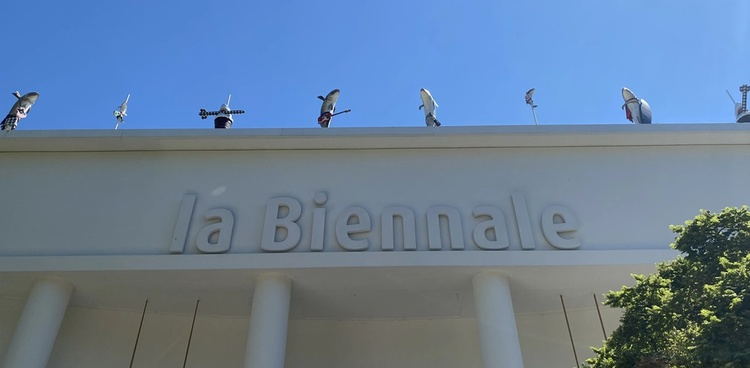
Palestine is everywhere at this year's Venice Biennale
In addition to the controversy surrounding the closed Israeli pavilion, we look at three exhibitions representing different facets of Palestine at the 2024 Venice Biennale
A series of black and white illustrations on translucent paper hang in front of a large window in a central room of the Palazzo Mora in Venice. Each illustration represents angular, geometric and expressionistic bodies curled in on themselves in the narrow space of the page, almost trying to escape its edges, but failing. On the black background, bombed buildings, rubble or a dark sky with a lonely moon.
This work is by Gaza artist Maisara Baroud, in the exhibition “Foreigners in Their Homeland”, organized by the US Palestine Museum. The artist literally tore pages from his sketchbook to reproduce them on these translucent papers for visitors to the Venice Biennale. The choice of this role is, in itself, a strong metaphor: between the spectator in the room and the external reality, there is a filter made of images of Gaza, which even the happiest visitor to the Biennale, who came only for the aperitifs in the channels and parties at art foundations, you must recognize.
“The artist made 120 drawings in his A4 sketchbook, and some of them are just three weeks old,” says Faisal Saleh, director of the US Palestine Museum. “He made almost one a day, like a diary of what has been happening in Gaza.”
Since the genocide began, we have observed different attitudes towards it in the art world. Early on, as protesters marched in the streets, many institutions canceled exhibitions of Palestinian artists, such as a retrospective of celebrated Palestinian artist Samia Halaby at Indiana University's Eskenazi Museum.
As the months passed, more and more voices of protest were raised in the art world, which in turn fueled expectations about what would happen at the Venice Biennale, the quintessential chessboard of art politics.
The conversation began when the aforementioned exhibition “Foreigners in Their Homeland” was rejected by the Venice Biennale as a collateral event, and Faisal Saleh started a petition to have it approved. In the meantime, another exhibition documenting the destruction of olive trees in Palestine by the Israelis – initially titled “Anchor in the Landscape” – was approved as a collateral event. Initially, the exhibition featured the work of South African photographer Adam Broomberg, whose photographs are taken with Rafael Gonzalez, and was held with the association Art + Allies Hebron, an NGO run by Issa Amro, based in H2.
Then, as the war continued, a new petition to exclude the Israeli pavilion from Venice was started, created by the Art Not Genocide Alliance (ANGA), which gathered almost 24,000 signatories. The association has been very present in Venice, organizing protests and presentations throughout the city.
Last week, as the Biennale opened for its preview days, the entire art world couldn't wait to see what would happen.
The Israeli pavilion
What we found plastered on the glass walls of the Israel Pavilion in the Giardini was a poster saying that the artist and curators of the pavilion will not open until “a ceasefire and hostage release agreement is reached.”
The artist told the New York Times that the Israeli government had not been informed about the decision to close the exhibition. What appeared to be a rebellion by the artist against the Israeli government was initially greeted positively by part of the artistic community: “At least a little humanity”, wrote a curator who had already spoken out extensively about the massacre in Gaza. But, of course, it was more complicated than that.
The Israeli pavilion at Palazzo Mora [Naima Morelli]
The pavilion was closed, yes, but its transparent walls created even more curiosity about the exhibition visible inside. Italian police closely guarded the pavilion, discouraging protesters from trying to approach or write on the building's walls.
Meanwhile, some media outlets called the act of closing the pavilion “performative” and the attitude of artist Ruth Patir and curators Mira Lapidot and Tamar Margalit opportunistic and cynical. Others highlighted that there was no clear mention of the genocide, but rather an emphasis on the hostage situation.
The Venice Biennale and Palestine
“I think it's a media ploy,” says Faisal Saleh of the US Palestine Museum when asked to comment on the Israeli pavilion. “They didn’t really want to close. They want to hold him temporarily until they recover their hostages.”
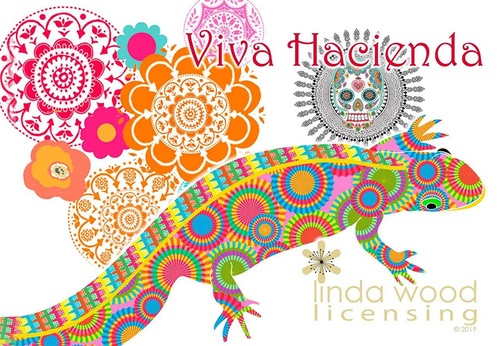
- July 03, 2025
Mexican Inspirations in the Art of Linda Wood
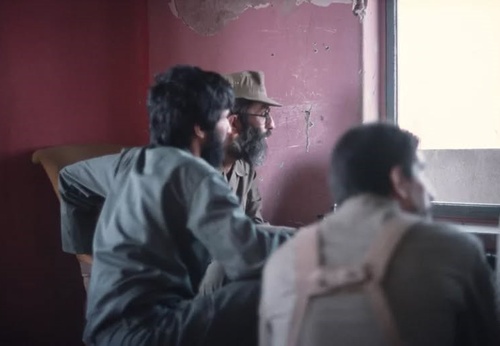
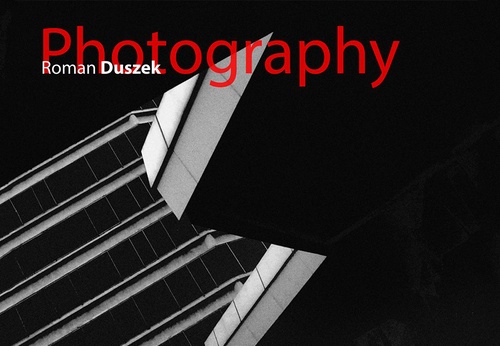
- July 03, 2025
Roman Duszek | Photography
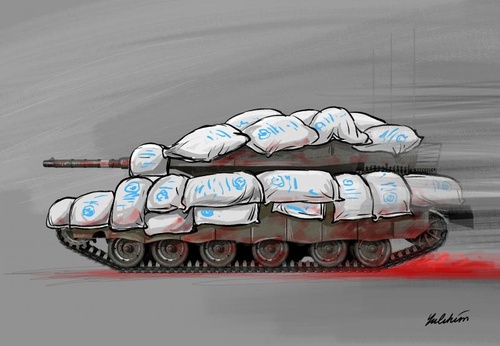
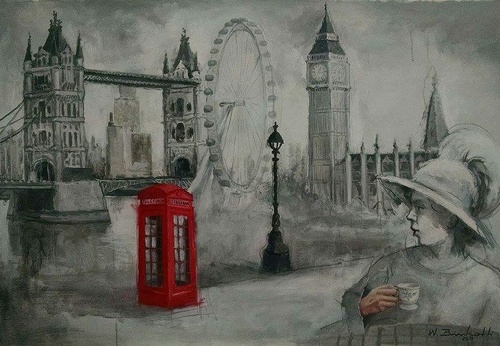
- July 03, 2025
Gallery Of Illustration By Walmir Binhotti - Brazil
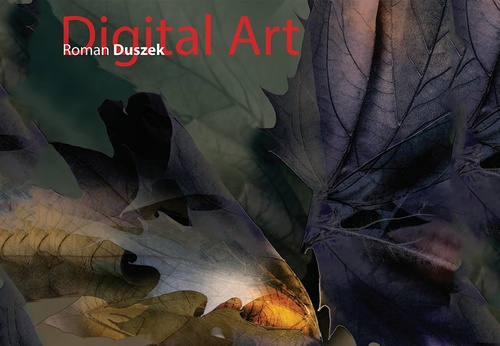
- July 03, 2025
Roman Duszek | Digital Graphic Art
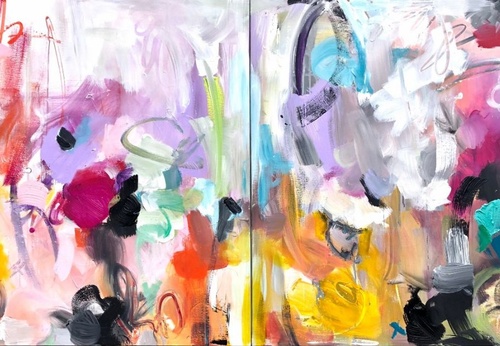
- July 03, 2025
Painting and abstract art: differences and similarities
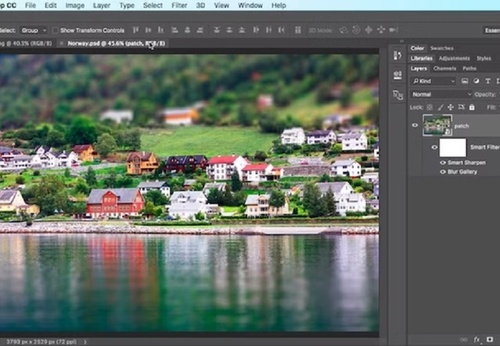
- July 02, 2025
The Best Software for Digital Art and Graphic Design
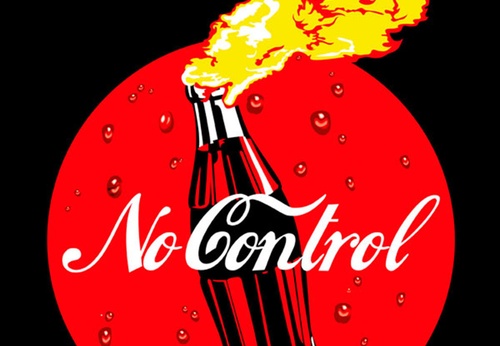
- July 02, 2025
Gallery of Posters by Cesar Alí Hernández from Mexico

- July 02, 2025
Hugo Correa Exhibits at Museo Ralli San…

- July 02, 2025
The Exhibition That Reimagines the Past…

- July 02, 2025
The Major Exhibition "Before America" …

- June 29, 2025
Peruvian painter Gerardo Chávez dies at…

- June 29, 2025
ARCOmadrid 2026 Opens Call for Entries …

- June 29, 2025
José María Velasco: The Landscape Artis…

- June 26, 2025
It houses 40 legacies of Latin American…

- June 18, 2025
Winners of the “Holosaide” event announ…

- June 18, 2025
The Major Exhibition of the Malba Colle…

- June 16, 2025
Pedro Roth Exhibition at the National A…

- June 15, 2025
Malba Pays Tribute to Luis Felipe Noé w…

- June 15, 2025
Contemporary Italian Painting on Displa…

- June 13, 2025
Impacto da Arte Digital na Sociedade

- June 13, 2025
The Geometric Essence of Fanny Sanín on…

- June 12, 2025
Guillermo García-Cruz's 'Divergent Stru…

- June 12, 2025
Book Brasília, the art of democracy wil…

- June 11, 2025
In 2025, SP-Arte Rotas will include nar…

- June 11, 2025
The Barranquilla Museum of Modern Art

- June 10, 2025
Discovery of William Turner's Work

- June 10, 2025
One of the largest art events in Latin …

- October 08, 2023
Illustrations reflect the brutal Israel…

- December 25, 2023
The jury statement of the Iran-Brazil F…

- July 29, 2023
History of Caricature in Brazil

- April 20, 2024
Poignant Image of Grief Wins Mohammed S…

- May 22, 2025
Brady Izquierdo’s Personal Exhibition O…

- September 01, 2023
Neural Filters in new photoshop 2023

- March 21, 2024
The history of art in Palestine

- October 21, 2023
Erick Meyenberg and Tania Ragasol at th…

- March 14, 2024
museum of statue of van gogh

- August 09, 2023
Venezuela mural expresses solidarity wi…

- March 15, 2024
museum of sculpture of Salvador Dali

- March 30, 2024
illustration websites in Latin America

- May 20, 2024
Latin American Festival of Performing A…

- May 25, 2025
Bordalo II to hold exhibition in Paris …

- July 30, 2024
The artist from San Luis Mirta Celi rep…

- March 18, 2025
Works by Cuban Artist Eduardo Abela in …

- July 03, 2024
Newly discovered rock art in Venezuela

- April 18, 2024
Israel Pavilion at Venice Biennale clos…

- January 04, 2025
Material Art Fair 2025

- January 12, 2025
The Ralli Museum in Punta del Este

- February 18, 2024
7 Ways to Understand What Visual Arts A…

- May 15, 2024
Eleven murals for Gaza painted across t…

- October 08, 2023
Illustrations reflect the brutal Israel…

- January 02, 2025
13 commemorations that will mark the cu…

- October 17, 2023
The influence of Latin American artists…

- December 25, 2023
The jury statement of the Iran-Brazil F…

- November 17, 2023
Fernando Botero's work is booming after…

- July 29, 2023
Piracicaba International Humor Exhibiti…

- February 03, 2024
THE HISTORY OF NAIF ART

- November 06, 2023
Heba Zagout: Palestinian artist murdere…

- February 01, 2025
A maior exposição de Botero em Barcelona

- July 02, 2024
One of the largest urban art galleries …

- December 10, 2023
Sliman Mansour and Palestinian art on t…

- July 20, 2024
First International Mail Art Biennial 2…

- September 01, 2023
Neural Filters in new photoshop 2023

- March 14, 2024
museum of statue of van gogh

- October 30, 2023
Palestinian turns images of the Gaza co…

- October 23, 2023
Controversy over the project that will …

- February 06, 2024
Bolivian artists will be at the 2024 Ve…

- February 08, 2024


